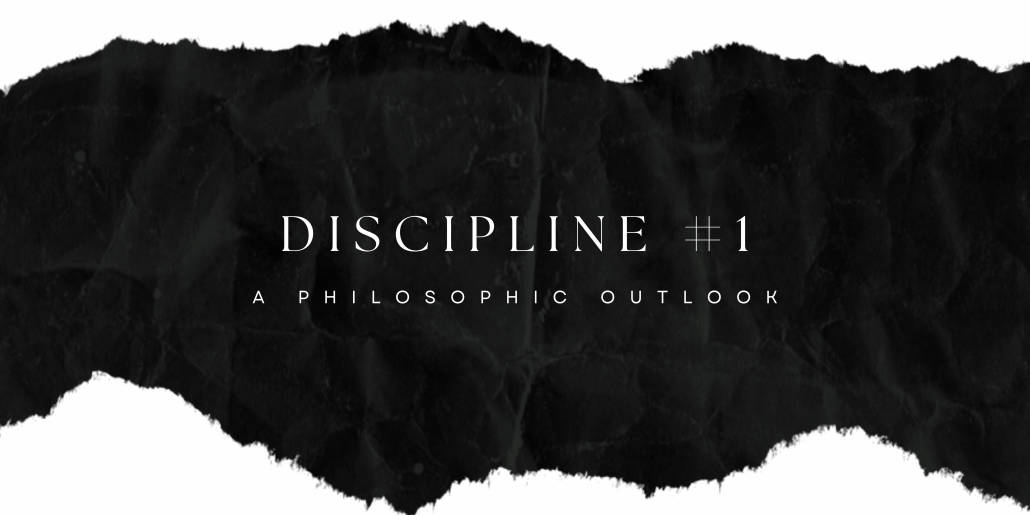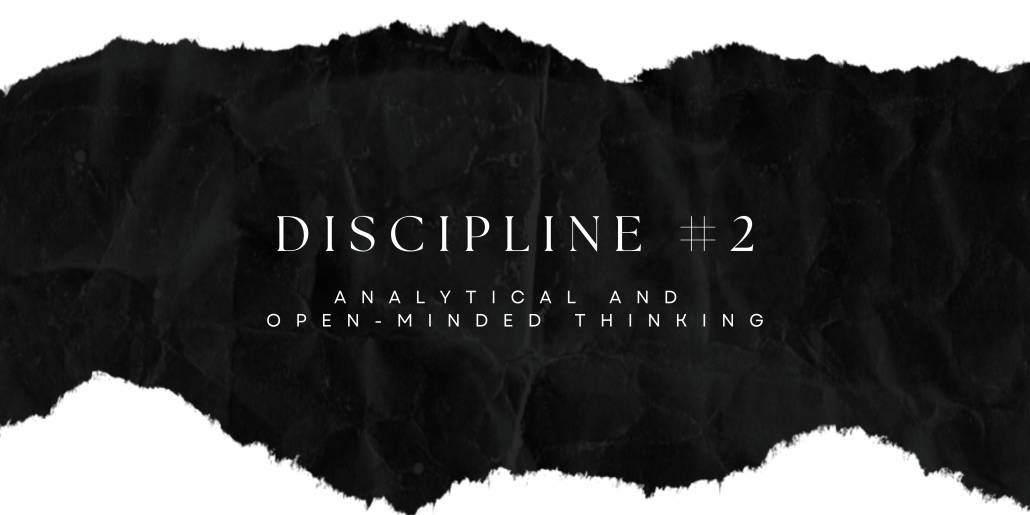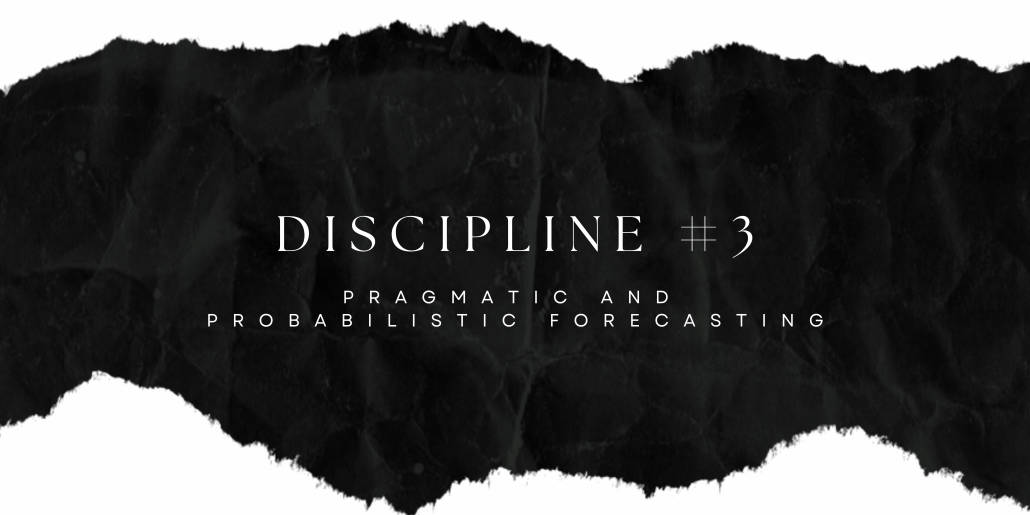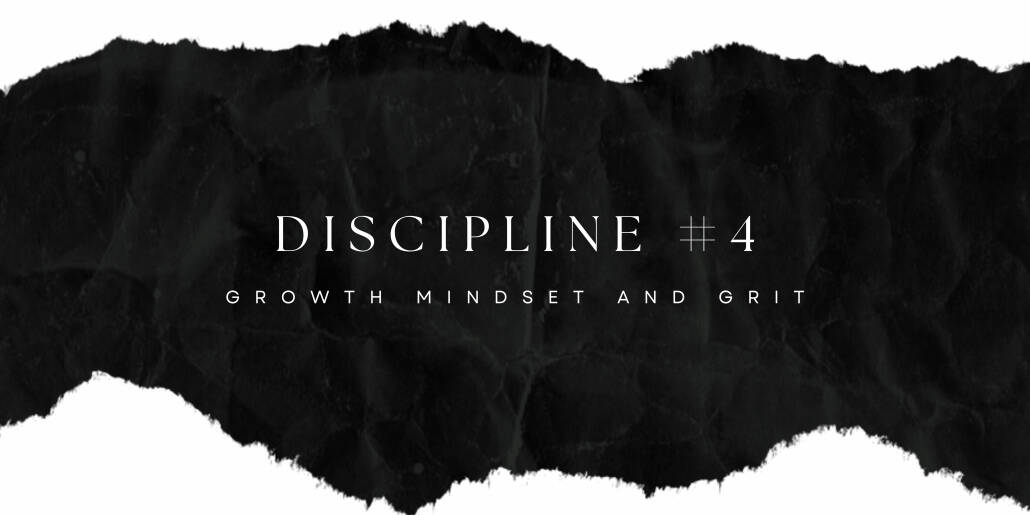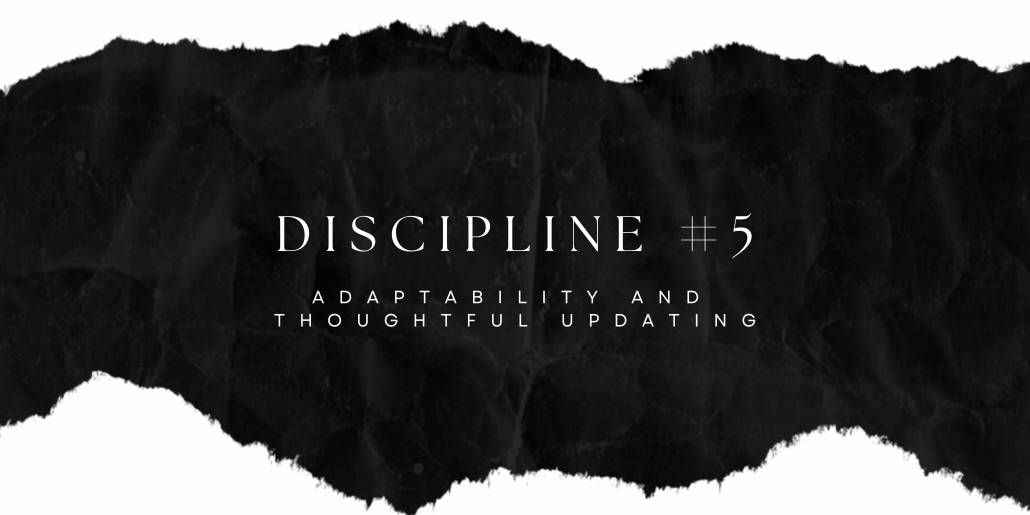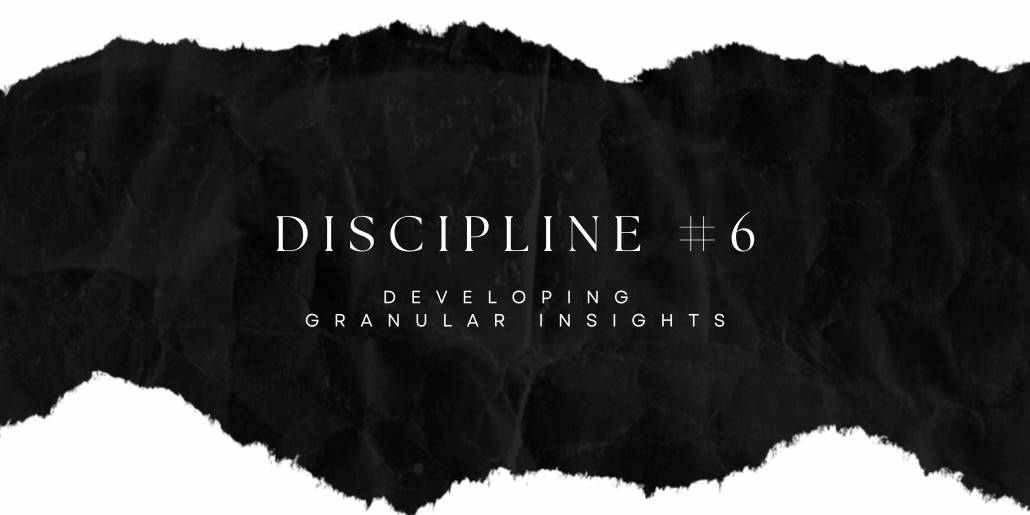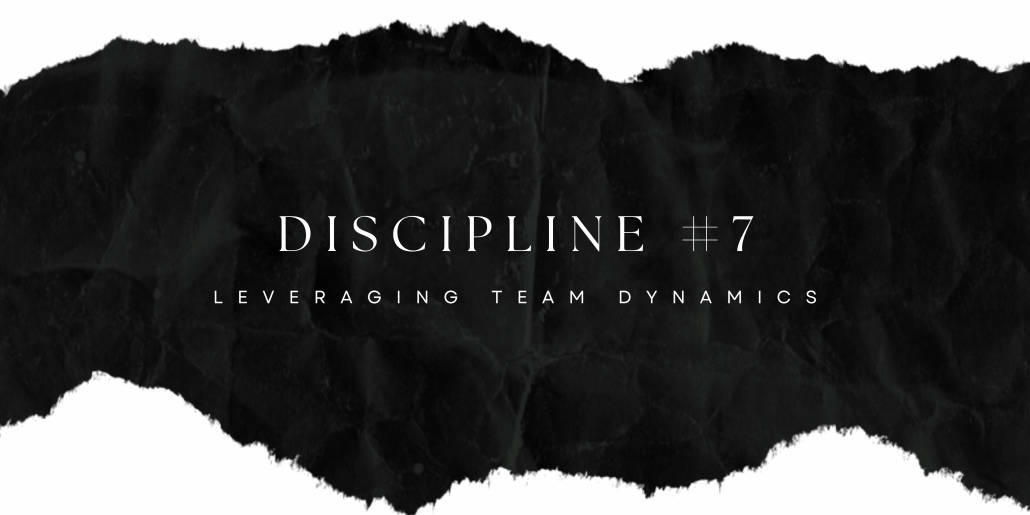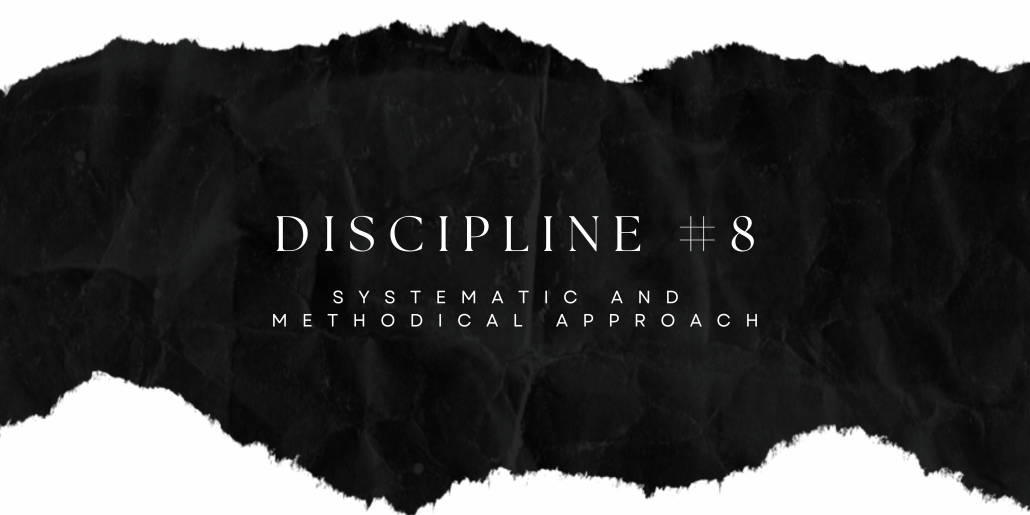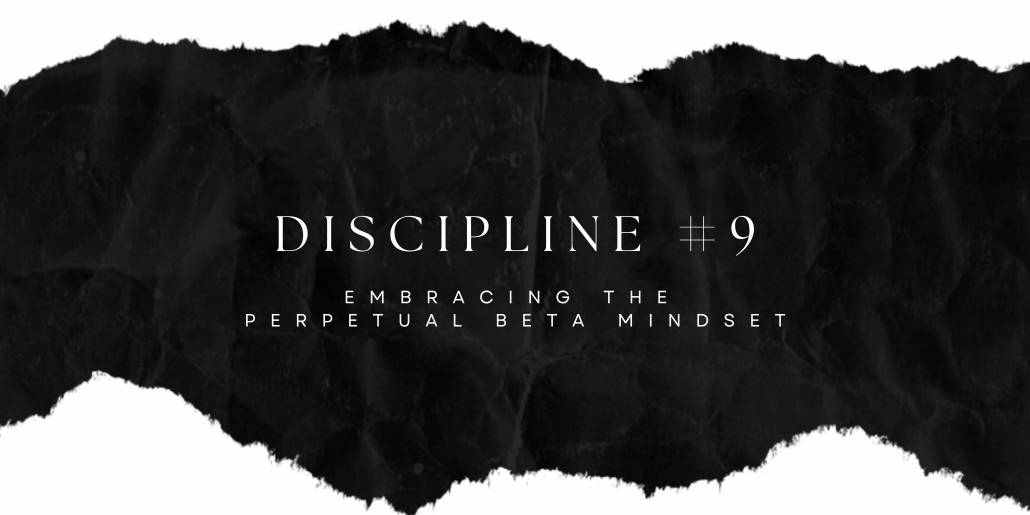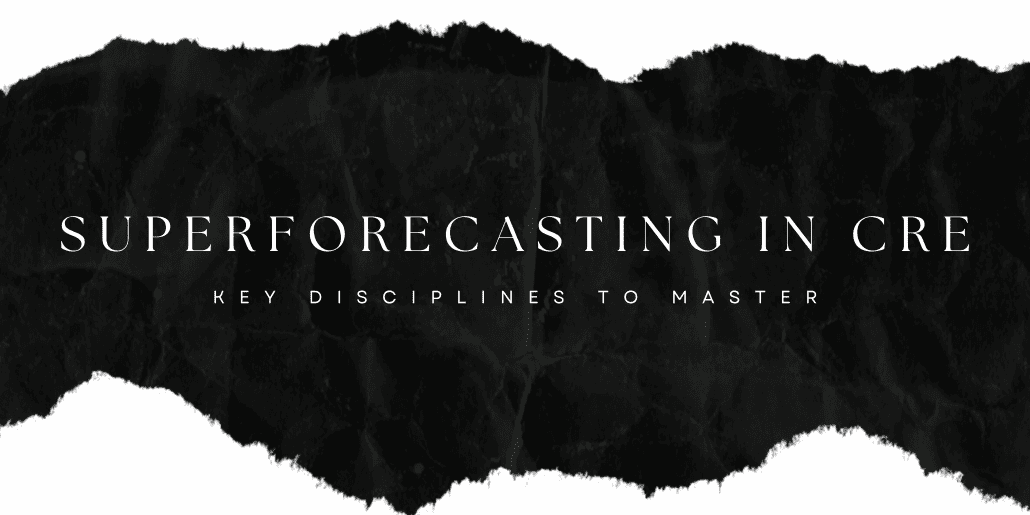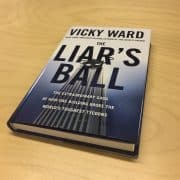Superforecasting in Commercial Real Estate: Key Disciplines to Master
In commercial real estate investing, the ability to forecast an asset’s potential cash flows, anticipate market trends and make accurate predictions is essential – especially in an environment of flat or rising rates. This skill, sometimes referred to as ‘superforecasting,’ is something I’ve been actively working to master in my own career.
One of my favorite books on this topic is “Superforecasting: The Art and Science of Prediction“ by Philip Tetlock and Dan Gardner. My partner at Stablewood, Brandon Taubman, recommended the book and I’ve found its insights to have been personally transformational.
In “Superforecasting,” Tetlock and Gardner delve into the characteristics and habits that distinguish the best forecasters from the rest. These insights, I believe, are particularly pertinent to us as real estate professionals. Whether we’re forecasting asset-level cash flows, predicting market cycles, gauging investment risks, or predicting what regions/neighborhoods will thrive or die in the coming years, the ability to forecast with high accuracy is key.
As I continue to hone these skills in my quest to become a better investor, I thought I’d share what I’ve learned with others who might also aspire to enhance their forecasting acumen in CRE. If you haven’t had the chance to read “Superforecasting,” I highly recommend it.
In this post, we’ll explore key traits and practices (i.e. Disciplines) presented by Tetlock and Gardner that can help us develop into super forecasters in commercial real estate.
Discipline #1: Philosophic Outlook in CRE
In “Superforecasting” by Philip Tetlock and Dan Gardner, the ‘Philosophic Outlook’ is a foundational concept that defines the mindset of a super forecaster. In commercial real estate (CRE), embracing this philosophic outlook—characterized by cautiousness, humility, and a nondeterministic perspective—is crucial for making accurate predictions and informed decisions.
Cautiousness: This trait is about being careful, avoiding overconfidence, and recognizing the limitations of one’s knowledge. In CRE, this translates to avoiding overreliance on heuristics, pairing intuition with a data-driven approach. A cautious CRE professional never pursues investments without a holistic understanding of the potential risks and rewards. They value data and historical trends and approach every decision with a balanced consideration of the quantitative and qualitative factors.
Humility: Recognizing that the market is complex and ever-changing requires humility. It’s about understanding that no matter how experienced or knowledgeable one is, there’s always more to learn. In CRE, this means valuing collaboration, seeking diverse opinions, and being open to new information and perspectives. A humble approach might involve consulting local experts, considering the unique aspects of each market, and accepting that you may be wrong.
Nondeterministic Approach: Embracing nondeterminism means acknowledging the inherent unpredictability of markets. In CRE, this outlook is critical. It involves preparing for a range of possible outcomes and avoiding the trap of thinking there’s only one inevitable trend or result. This mindset encourages flexibility and adaptability, essential traits in a field where market conditions can shift due to numerous unforeseen factors. It also leads to more scenario and probabilistic analysis in one’s underwriting.
Adopting the philosophic outlook outlined in Tetlock’s “Superforecasting” is vital in CRE. It involves a blend of cautious analysis, humility in the face of complexity, and readiness for market unpredictability, paving the way for more accurate forecasting and successful real estate investments.
Discipline #2: Analytical and Open-Minded Thinking in CRE
Building upon the foundation of a philosophic outlook in commercial real estate (CRE), the next critical step is cultivating analytical and open-minded thinking. This aspect, crucial in Tetlock’s “Superforecasting,” revolves around intelligence, curiosity, and a reflective mindset, all of which are pivotal for making astute investments in the CRE sector.
Intelligence and Analytical Skills: In CRE, intelligence is not just about having a wealth of knowledge; it’s about applying that knowledge analytically. This means not just understanding the current market data but also being able to interpret it in the context of larger trends and potential future outcomes. An intelligent CRE professional digs into zoning laws, demographic shifts, and economic forecasts, using this information to build robust investment theses.
Curiosity: This trait drives us to explore beyond the obvious and question the status quo. Curious professionals in CRE are those who look for the ‘why’ behind market movements and tenant behaviors. They are constantly seeking new information, exploring emerging trends, and considering how broader factors could impact local real estate markets.
Reflective Mindset: Reflection in CRE means regularly reassessing one’s investment strategies and market assumptions. This reflective process involves critically examining past successes and failures, learning from them, and adjusting strategies accordingly. It’s about being agile and responsive to new information, not being rigidly tied to initial predictions or models.
Real-world Example: A case study that exemplifies the success of this approach is the redevelopment of a historic downtown area in a mid-sized city. Initially, the project seemed risky due to the area’s past economic struggles. However, an open-minded analysis of broader market trends, such as a growing preference for urban living among millennials and an increase in remote working, indicated a potential for revitalization. This insight led to a successful investment in mixed-use developments, combining residential, retail, and office spaces, which aligned with the emerging trends and rejuvenated the area.
Integrating analytical and open-minded thinking into CRE investing is vital. It’s about being intelligent in analysis, curious in exploration, and reflective in strategy. These traits allow us to go beyond surface-level data, uncover deeper market insights, and adapt to the dynamic nature of real estate, setting the stage for informed decision-making and successful investments.
Discipline #3: Pragmatic and Probabilistic Forecasting in CRE
Continuing our exploration of superforecasting principles in commercial real estate (CRE), we now turn to the pragmatic and probabilistic approach to forecasting. This approach, as highlighted in Philip Tetlock’s “Superforecasting,” is about blending practicality with a deep understanding of probabilities, a combination that is especially powerful in the CRE sector.
Pragmatism in Decision-Making: Pragmatism in CRE is about making decisions grounded in reality, rather than theory or wishful thinking. This requires a practical assessment of properties, markets, and financial projections. A pragmatic CRE professional evaluates the feasibility of projects, considering factors such as market demand, funding availability, and regulatory environments. This approach ensures that decisions are based on solid, actionable data rather than speculative trends.
Probabilistic Thinking: Instead of thinking in certainties, a probabilistic approach in CRE involves considering a range of potential outcomes and their likelihoods. This means not just asking if a project will be successful but evaluating the degree of probability of its success based on various factors. It involves assessing risks and rewards not as absolutes but as spectrums of possibilities, which enables more nuanced investment strategies.
Balancing Optimism with Realism: A key aspect of pragmatic and probabilistic forecasting is balancing optimism about potential opportunities with realism about the risks involved. This balance is crucial in CRE, where over-optimism can lead to underestimating risks, while excessive caution can result in missed opportunities.
Adopting a pragmatic and probabilistic approach in CRE forecasting is about making grounded, reality-based decisions while understanding and quantifying potential risks and rewards. This approach allows CRE professionals to create more robust, adaptable investment strategies that can thrive even in the face of market uncertainties.
Discipline #4: Growth Mindset and Grit in CRE
As we delve deeper into the superforecasting principles applicable to commercial real estate (CRE), the focus shifts to the importance of a growth mindset and grit. Emphasized in Tetlock’s “Superforecasting,” these qualities are essential for navigating the challenges and complexities of the CRE market.
Embracing a Growth Mindset: In the context of CRE, a growth mindset involves the belief that skills and intelligence can be developed through dedication and hard work. This mindset is crucial. For CRE professionals, it means continuously seeking new knowledge, staying abreast of market trends, and being open to evolving investment strategies. A growth mindset fosters a culture of learning and innovation, essential in a field where yesterday’s strategies or ideas may not work tomorrow.
The Role of Grit: Grit, defined as perseverance and passion for long-term goals, is particularly important in CRE. This industry often presents challenges such as market downturns, regulatory hurdles, and complex negotiations. Professionals with grit are those who remain committed to their projects and goals, even in the face of setbacks or slow progress. They are resilient, able to recover from disappointments, and persistently work towards their objectives.
Combining Persistence with Adaptability: In CRE, it’s not just about persisting with a single strategy or vision but also about being adaptable. The ability to pivot and revise investment approaches in response to new information or market changes is a hallmark of a professional who combines grit with a growth mindset.
Fostering a growth mindset and demonstrating grit are indispensable for success in CRE. These qualities enable professionals to continuously learn, adapt, and persevere, thereby navigating the complexities of the real estate market with resilience and strategic agility.
Discipline #5: Adaptability and Thoughtful Updating in CRE
Moving to the fifth discipline in applying superforecasting principles to commercial real estate (CRE), we focus on the critical role of adaptability and thoughtful updating. These elements are integral to staying relevant and successful in CRE, as underscored in Tetlock’s “Superforecasting.”
Adaptability in Market Dynamics: In CRE, adaptability means being flexible and responsive to market changes. This trait is vital because real estate markets are influenced by a myriad of factors, including economic shifts, demographic changes, and policy reforms. An adaptable CRE professional is one who can swiftly reassess and adjust their strategies in light of new data or changing market conditions, ensuring that their investments remain aligned with current realities.
Thoughtful Updating of Forecasts and Strategies: Thoughtful updating involves regularly revisiting and revising forecasts and investment strategies based on the latest information. It’s not about making frequent, reactive changes but about making well-considered adjustments that reflect new insights and market developments. This discipline requires a balance between confidence in one’s initial analysis and the humility to acknowledge and respond to new information.
Data-Driven Reassessments: Effective updating in CRE is grounded in data-driven analysis. It involves continuously monitoring market indicators, performance metrics, and other relevant data to identify trends and shifts that might impact investment outcomes. This process enables CRE professionals to make informed decisions about whether to stay the course or alter their strategies.
Real-world Example: A notable example of adaptability and thoughtful updating can be seen in the portfolio-level response of many real estate managers to shifts in the office space market. With the rise of remote work and decline of Gateway CBDs, many portfolio managers saw a need to rebalance away from office into other strategies with greater tailwinds (e.g. residential and industrial). Instead of holding onto traditional models, adaptable investors were willing to change their thinking, adjusting their allocations to align with the evolving space use trends.
Adaptability and thoughtful updating are crucial disciplines in CRE. They allow professionals to stay ahead of the curve, ensuring that their investments and strategies are consistently refined and relevant in a market that is always in flux. This approach is key to maintaining a competitive edge and achieving long-term success in commercial real estate.
Discipline #6: Developing Granular Insights in CRE
The sixth discipline in applying superforecasting principles to commercial real estate (CRE) emphasizes the importance of developing granular insights. This discipline, as highlighted in Tetlock’s “Superforecasting,” involves delving deeply into the nuances and details of real estate markets and investments, enabling more precise and informed decision-making.
Focus on Details: In CRE, the devil often lies in the details. Developing granular insights means paying close attention to the minutiae of property analysis, market data, and economic indicators. This could involve scrutinizing submarket-level trends, tenant histories, or specific clauses in regulatory changes. Such detailed analysis helps in identifying opportunities and risks that might be overlooked in a broader analysis.
Comprehensive Property and Market Analysis: Granular insight in CRE also involves a comprehensive approach to property and market analysis. This means going beyond general market trends and understanding the specific factors that drive value and risk for each property. For instance, in-depth analysis of local demand drivers, competitive property offerings, and future development plans can provide critical insights for investment decisions.
Utilizing Advanced Tools and Techniques: To achieve this level of detail, CRE professionals must leverage advanced tools and techniques. This may include sophisticated financial modeling (most of the models in our library qualify!), advanced data analytics, GIS mapping for spatial analysis, etc. These types of tools enable a more nuanced understanding of market dynamics and investment potentials.
Developing granular insights is a critical discipline in CRE. It involves a meticulous, detail-oriented approach to market and property analysis, allowing professionals to uncover unique opportunities and mitigate risks. This discipline enhances the ability to make more accurate predictions and strategic decisions.
Discipline #7: Leveraging Team Dynamics in CRE
The next discipline we explore is the value of leveraging team dynamics. As highlighted in Tetlock’s “Superforecasting,” collaboration and the integration of diverse perspectives are key to enhancing the accuracy of forecasting in the complex field of CRE. Or put another way, Tetlock showed that forecasts are more accurate when they’re made by a group of super forecasters rather than by just one individual.
Collaboration for Comprehensive Analysis: In CRE, effective forecasting often requires a multidisciplinary approach. Collaboration among team members with different expertise and perspectives leads to a more comprehensive and accurate analysis. Each member contributes unique insights, ensuring that a wide range of factors are considered in forecasting and decision-making.
Diversity for Broader Perspectives: The value of diversity in team dynamics extends beyond professional expertise to include different backgrounds and experiences. Diverse teams are more likely to challenge assumptions and consider a broader array of scenarios. This diversity leads to more robust forecasting, as various viewpoints are considered and potential biases are reduced.
Communication and Integration: Effective team dynamics in CRE are not just about assembling diverse talents; they also hinge on effective communication and the integration of insights. Creating an environment where team members feel valued and are encouraged to share their perspectives is crucial. Regular meetings, brainstorming sessions, and open channels of communication help in synthesizing different viewpoints into cohesive strategies.
Leveraging team dynamics is a critical discipline. It involves harnessing the power of collaboration and diverse perspectives to enhance the accuracy and comprehensiveness of forecasting. By effectively integrating various insights and expertise, CRE professionals can achieve more successful outcomes and navigate the complexities of the real estate market with greater confidence and precision.
Discipline #8: Systematic and Methodical Approach in CRE
The eighth discipline in the application of superforecasting principles to commercial real estate (CRE) emphasizes the necessity of a systematic and methodical approach in evaluating investment opportunities. This disciplined framework, as advocated in Tetlock’s “Superforecasting,” is essential for making informed and strategic decisions in CRE.
Implementing a Systematic Framework: A systematic approach in CRE involves having a structured methodology for evaluating investment opportunities. Or put another way, it means creating a standardized underwriting methodology that fully and uniformly evaluates the market, submarket, location, tenant, and risk factors. It also evaluates/forecasts the financial cash flow and returns in a consistent way. By adhering to a consistent framework, CRE professionals can ensure that all relevant factors are considered, that their analyses are thorough and unbiased, and that potential investments are all considered on an apples-to-apples basis.
Methodical Assessment of Opportunities: The methodical assessment of a CRE investment should encompass various dimensions, including location analysis, tenant demand, varying income/expense line items, and exit strategies. It’s about dissecting each element of the investment systematically to understand its potential impact on the overall viability of the project.
Data-Driven Decision Making: A systematic and methodical approach in CRE is heavily reliant on data. This means utilizing historical data, current market trends, and predictive analytics to inform decision-making. It’s about moving beyond intuitive judgments to make decisions that are grounded in empirical evidence and rigorous analysis.
A systematic and methodical approach is a crucial discipline in CRE. It ensures that investment decisions are based on a comprehensive and data-driven analysis, rather than on ad-hoc or subjective judgments. This disciplined approach enables CRE professionals to make more accurate predictions, manage risks effectively, and capitalize on opportunities with confidence.
Discipline #9: Embracing the Perpetual Beta Mindset in CRE
The ninth and final discipline in applying superforecasting principles to commercial real estate (CRE) revolves around embracing a perpetual beta mindset. This concept, drawn from Tetlock’s “Superforecasting,” underscores the importance of continuous improvement and learning.
Continuous Improvement and Adaptation: In CRE, a perpetual beta mindset is about constantly refining and enhancing forecasting methods and strategies. It acknowledges that the market is ever-changing and that the tools and models we use today may need to be adjusted tomorrow. This mindset encourages an ongoing process of learning, experimenting, and adapting, keeping CRE professionals agile and responsive to new information and trends.
Learning from the Market: Embracing a perpetual beta mindset also means being open to lessons from the market itself. It involves analyzing market outcomes, both expected and unexpected, and integrating these insights into future strategies. This kind of reflective practice helps in identifying not only what worked but also what didn’t and why.
Staying Agile and Responsive: Agility in CRE forecasting is about being able to quickly shift strategies in response to market changes or new data. It’s about not being too wedded to a particular forecast or model but being ready to update and revise as necessary. This agility ensures that CRE professionals remain relevant and effective in their analyses and decisions.
Personal Anecdote: An example from my own experience involved a residential land development project. Initially, the market analysis suggested a strong demand for luxury homes and the project was imagined as a pure luxury development. However, as the project progressed, emerging market trends indicated a growing demand for more affordable housing options. Embracing a perpetual beta mindset, we adapted our project to include a mix of luxury and mid-tier units, responding to the evolving market needs. This flexibility not only made the project more successful but also provided valuable insights into the fluid nature of housing demand.
Embracing a perpetual beta mindset is vital in CRE. It fosters a culture of continuous learning, adaptability, and responsiveness, which are crucial for staying ahead in the fast-paced and ever-evolving world of real estate. This discipline helps CRE professionals to not only keep pace with the market but also to innovate and lead in their field.
Conclusion – Superforecasting in CRE
In the dynamic and often unpredictable industry we’re in, the disciplines we’ve explored, inspired by Tetlock’s “Superforecasting,” are not just theoretical concepts; they are practical tools that I’m working to integrate into my daily work at Stablewood and A.CRE. These disciplines have transformed the way I approach CRE investing, enabling a more nuanced understanding of market dynamics and enhancing my ability to make informed decisions.
Embracing a philosophic outlook, fostering analytical and open-minded thinking, and applying pragmatic and probabilistic forecasting have been fundamental in navigating the complexities of CRE. The importance of a growth mindset and grit, coupled with the agility offered by adaptability and thoughtful updating, has reinforced the resilience and flexibility needed in this field. The focus on developing granular insights has sharpened my ability to discern the subtleties of the market, while leveraging team dynamics has underscored the power of collaborative expertise. Finally, adopting a perpetual beta mindset keeps me, and by extension Stablewood and A.CRE, on the cutting edge, always learning, evolving, and staying ahead of the curve.
In sharing these disciplines, my aim is not just to highlight effective strategies but to encourage a shift in perspective. The journey to becoming a super forecaster in CRE is ongoing. It’s about continuously refining our methods, challenging our assumptions, and staying open to new ideas and insights. As we navigate an industry facing significant market and tech-driven disruptions, these disciplines serve as a compass, guiding us toward smarter, more strategic, and ultimately more successful investments.
Whether you’re a seasoned CRE professional or just starting out, I encourage you to delve into these disciplines. Apply them, test them, and see how they can transform your approach to CRE investing. And if you haven’t already, I again highly recommend picking up a copy of “Superforecasting.” Its principles, though universally applicable, are especially pertinent in our field and have been instrumental in my growth as a CRE investor.
Frequently Asked Questions about Superforecasting in Commercial Real Estate
What does “superforecasting” mean in the context of commercial real estate (CRE)?
Superforecasting in CRE refers to the ability to make highly accurate predictions about asset cash flows, market trends, and investment outcomes using disciplined thinking and forecasting practices. It combines analytical rigor, probabilistic reasoning, and adaptability to navigate CRE markets effectively.
Why is a “philosophic outlook” important for CRE forecasting?
A philosophic outlook fosters cautiousness, humility, and a nondeterministic mindset. As described: “A cautious CRE professional never pursues investments without a holistic understanding… They value data and historical trends.” This mindset helps investors avoid overconfidence and better manage uncertainty in real estate.
How do analytical and open-minded thinking contribute to better forecasts?
They allow CRE professionals to interpret data within broader trends and challenge assumptions. “It’s about being intelligent in analysis, curious in exploration, and reflective in strategy.” These traits support deeper insights and more adaptive strategies.
What is the role of probabilistic thinking in CRE investing?
Probabilistic thinking means considering a range of possible outcomes rather than a single prediction. “This enables more nuanced investment strategies,” where decisions reflect the likelihood of various risks and returns, not just binary success/failure assumptions.
Why is a growth mindset and grit essential in CRE?
Because real estate markets are unpredictable, professionals must continuously learn and stay persistent. “A growth mindset fosters a culture of learning… Grit means staying committed to long-term goals even during market setbacks or challenges.”
What does it mean to practice “thoughtful updating” in CRE forecasting?
It means reassessing forecasts and strategies in response to new data without overreacting. “This discipline requires a balance between confidence in one’s initial analysis and the humility to respond to new information.” It’s about measured, data-driven adjustment.
How do granular insights improve real estate decision-making?
Granular insights involve detailed analysis of submarkets, tenant data, and local trends. “Such detailed analysis helps in identifying opportunities and risks that might be overlooked in a broader analysis.” This leads to more precise underwriting and better outcomes.
How can leveraging team dynamics enhance forecasting accuracy?
Forecasts are stronger when built on diverse viewpoints. “Collaboration among team members with different expertise leads to a more comprehensive and accurate analysis.” Tetlock’s research found group superforecasters were more accurate than individuals alone.
What does a systematic and methodical approach look like in CRE?
It means having a structured framework for evaluating deals. “It ensures that investment decisions are based on comprehensive and data-driven analysis, rather than on ad-hoc or subjective judgments,” making evaluations consistent and comparable.
What is a “perpetual beta” mindset, and why is it important?
A perpetual beta mindset means always learning and improving. “It acknowledges that the market is ever-changing and that tools and models… may need to be adjusted tomorrow.” This mindset ensures CRE professionals stay agile and competitive.

